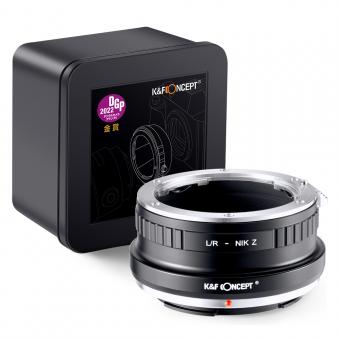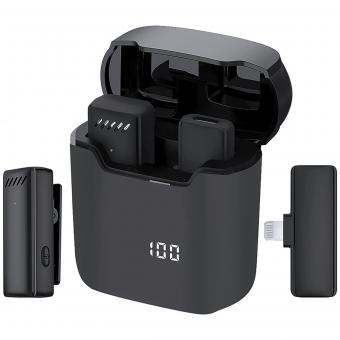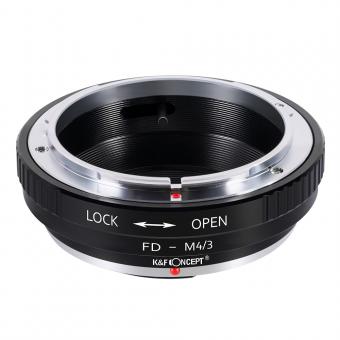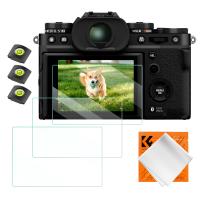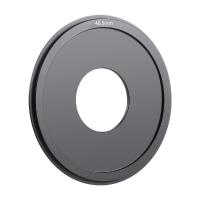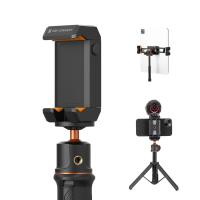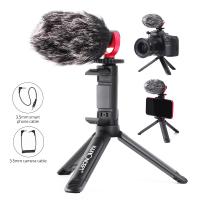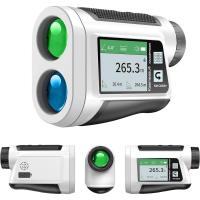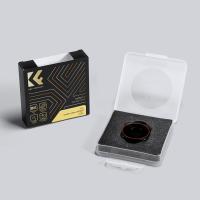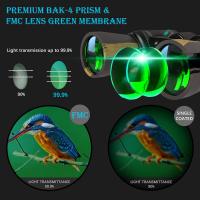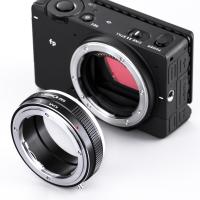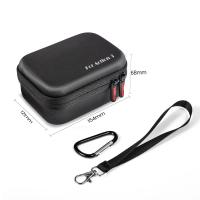When We Re Endoscopes Invented ?
The first endoscope was invented in the early 1800s by Philipp Bozzini, a German physician. However, it was a rudimentary device and did not gain much recognition. The modern endoscope, as we know it today, was developed in the late 19th and early 20th centuries by several pioneers in the field. One notable figure is Antonin Jean Desormeaux, a French physician who made significant advancements in endoscopy. He introduced a rigid endoscope that could be used to visualize the urinary tract. Another important contributor was Georg Wolf, a German urologist who developed a flexible endoscope that could be inserted into the body through natural orifices. These early inventions laid the foundation for the development of more advanced endoscopic techniques and instruments in the following decades.
1、 Early history of endoscopy and ancient optical devices
When were endoscopes invented? The early history of endoscopy and ancient optical devices can shed some light on the origins of this medical tool. The concept of using optical devices to examine the human body dates back to ancient times. Ancient Egyptians, Greeks, and Romans used various instruments to explore the body's cavities, such as the rectum, urethra, and vagina. These instruments were primarily made of metal and were used for diagnostic and therapeutic purposes.
However, the modern endoscope, as we know it today, was not developed until the 19th century. In 1806, Philipp Bozzini, a German physician, introduced the "Lichtleiter" or "light conductor," which was a rudimentary endoscope. It consisted of a tube with a candle at one end to provide illumination and a series of lenses to transmit the image. Bozzini used this device to examine the urinary tract, rectum, and throat.
Over the years, advancements in optics and materials led to the development of more sophisticated endoscopes. In the late 19th century, the introduction of electric light bulbs improved illumination, making it easier to visualize internal organs. In the early 20th century, the development of flexible fiberscopes allowed for easier maneuverability and access to different parts of the body.
In recent years, there have been significant advancements in endoscopic technology. The introduction of high-definition cameras and digital imaging has greatly improved the quality of images obtained during endoscopic procedures. Additionally, miniaturization of endoscopes has allowed for less invasive procedures, reducing patient discomfort and recovery time.
In conclusion, while the concept of using optical devices to examine the body dates back to ancient times, the modern endoscope was not invented until the 19th century. Since then, there have been continuous advancements in endoscopic technology, making it an invaluable tool in modern medicine.
2、 Development of modern endoscopes and their components
The development of modern endoscopes and their components has been a significant advancement in the field of medical imaging. Endoscopes are medical devices that allow physicians to visualize and examine the internal organs and cavities of the body without the need for invasive surgery. They have revolutionized the way medical professionals diagnose and treat various conditions.
The history of endoscopes dates back to ancient times, with early attempts to visualize the body's internal structures using crude instruments. However, it was not until the 19th century that significant progress was made in the development of endoscopes. In 1806, Philipp Bozzini introduced the "Lichtleiter" or light conductor, which used a series of mirrors to reflect light into the body cavities. This invention laid the foundation for the modern endoscope.
Over the years, endoscopes have undergone numerous advancements. In the early 20th century, rigid endoscopes with improved optics and lighting systems were developed. These devices allowed for better visualization and examination of the body's internal structures. However, they were limited in their flexibility and maneuverability.
The introduction of flexible endoscopes in the 1950s was a major breakthrough. These devices incorporated flexible fibers that transmitted light and images, allowing for easier navigation through the body's cavities. The development of fiber optic technology further enhanced the quality of images produced by endoscopes.
In recent years, there have been significant advancements in endoscope technology. The introduction of digital imaging has improved the resolution and clarity of images, enabling more accurate diagnoses. Additionally, miniaturization of endoscope components has allowed for the development of smaller, more portable devices.
The latest point of view in endoscope development is the integration of artificial intelligence (AI) and machine learning algorithms. AI-powered endoscopes can analyze images in real-time, assisting physicians in detecting abnormalities and making more accurate diagnoses. This technology has the potential to revolutionize the field of endoscopy and improve patient outcomes.
In conclusion, the development of modern endoscopes and their components has been a continuous process of improvement and innovation. From the early light conductors to the latest AI-powered devices, endoscopes have transformed the way medical professionals visualize and examine the body's internal structures. With ongoing advancements, endoscopy is poised to play an even more significant role in the future of medical diagnosis and treatment.
3、 Advancements in endoscope imaging technology
Advancements in endoscope imaging technology have revolutionized the field of medicine, allowing for more accurate diagnoses and minimally invasive procedures. Endoscopes, which are flexible or rigid tubes with a light and camera attached, are used to visualize internal organs and structures within the body. They have become an essential tool in various medical specialties, including gastroenterology, urology, gynecology, and orthopedics.
The invention of endoscopes dates back to the early 1800s, with the first rigid endoscope being developed by Philipp Bozzini in 1806. However, it wasn't until the 1960s that significant advancements were made in endoscope imaging technology. Fiberoptic technology was introduced, allowing for the transmission of light and images through flexible glass fibers. This breakthrough greatly improved the quality of images captured by endoscopes.
Since then, there have been continuous advancements in endoscope imaging technology. One notable development is the introduction of high-definition (HD) and ultra-high-definition (UHD) imaging. HD endoscopes provide clearer and more detailed images, enabling physicians to detect subtle abnormalities that may have been missed with older imaging systems. UHD endoscopes take this a step further, offering even higher resolution and improved color reproduction.
Another significant advancement is the integration of digital imaging and video recording capabilities into endoscopes. This allows for real-time visualization and documentation of procedures, aiding in accurate diagnoses and facilitating better communication between healthcare professionals. Additionally, the integration of artificial intelligence (AI) algorithms into endoscope imaging systems is being explored, which could potentially enhance the detection and characterization of lesions and abnormalities.
Furthermore, there have been advancements in miniaturization and wireless technology, leading to the development of capsule endoscopy. Capsule endoscopes are small, swallowable devices that capture images as they pass through the gastrointestinal tract, providing a non-invasive alternative to traditional endoscopy.
In conclusion, advancements in endoscope imaging technology have significantly improved the capabilities of endoscopes, allowing for more precise diagnoses and less invasive procedures. From the introduction of fiberoptic technology to the integration of HD/UHD imaging, digital recording, AI algorithms, and capsule endoscopy, the field continues to evolve. These advancements have undoubtedly contributed to better patient outcomes and continue to shape the future of endoscopy.
4、 Minimally invasive endoscopic procedures and surgical techniques
Minimally invasive endoscopic procedures and surgical techniques have revolutionized the field of medicine by allowing doctors to diagnose and treat various conditions with less pain, scarring, and recovery time compared to traditional open surgeries. Endoscopes, which are flexible or rigid tubes with a light and camera attached, are the key instruments used in these procedures.
The invention of endoscopes can be traced back to the early 19th century. In 1806, Philip Bozzini, a German physician, developed the first rudimentary endoscope called the "Lichtleiter" or "light conductor." However, it was not until the 20th century that significant advancements were made in endoscopic technology.
In the 1960s, fiber optics revolutionized endoscopy by allowing for better illumination and image transmission. This led to the development of flexible endoscopes, which could be inserted through natural body openings such as the mouth or anus, eliminating the need for large incisions. These flexible endoscopes were initially used for diagnostic purposes, such as examining the gastrointestinal tract.
Over the years, endoscopic procedures have expanded to various medical specialties, including gastroenterology, urology, gynecology, and orthopedics. Advances in technology have further improved endoscopic capabilities, such as the introduction of high-definition cameras, better image processing, and the integration of robotic systems.
The latest point of view in minimally invasive endoscopic procedures is the use of advanced imaging techniques, such as fluorescence imaging and virtual reality. Fluorescence imaging allows for real-time visualization of specific tissues or structures, aiding in the identification of tumors or abnormal areas. Virtual reality technology provides surgeons with a three-dimensional view of the surgical site, enhancing precision and accuracy during complex procedures.
In conclusion, endoscopes have come a long way since their inception in the 19th century. The continuous advancements in endoscopic technology have revolutionized the field of medicine, allowing for safer, less invasive procedures with improved patient outcomes. The latest developments in imaging and virtual reality hold great promise for the future of minimally invasive endoscopic procedures.







